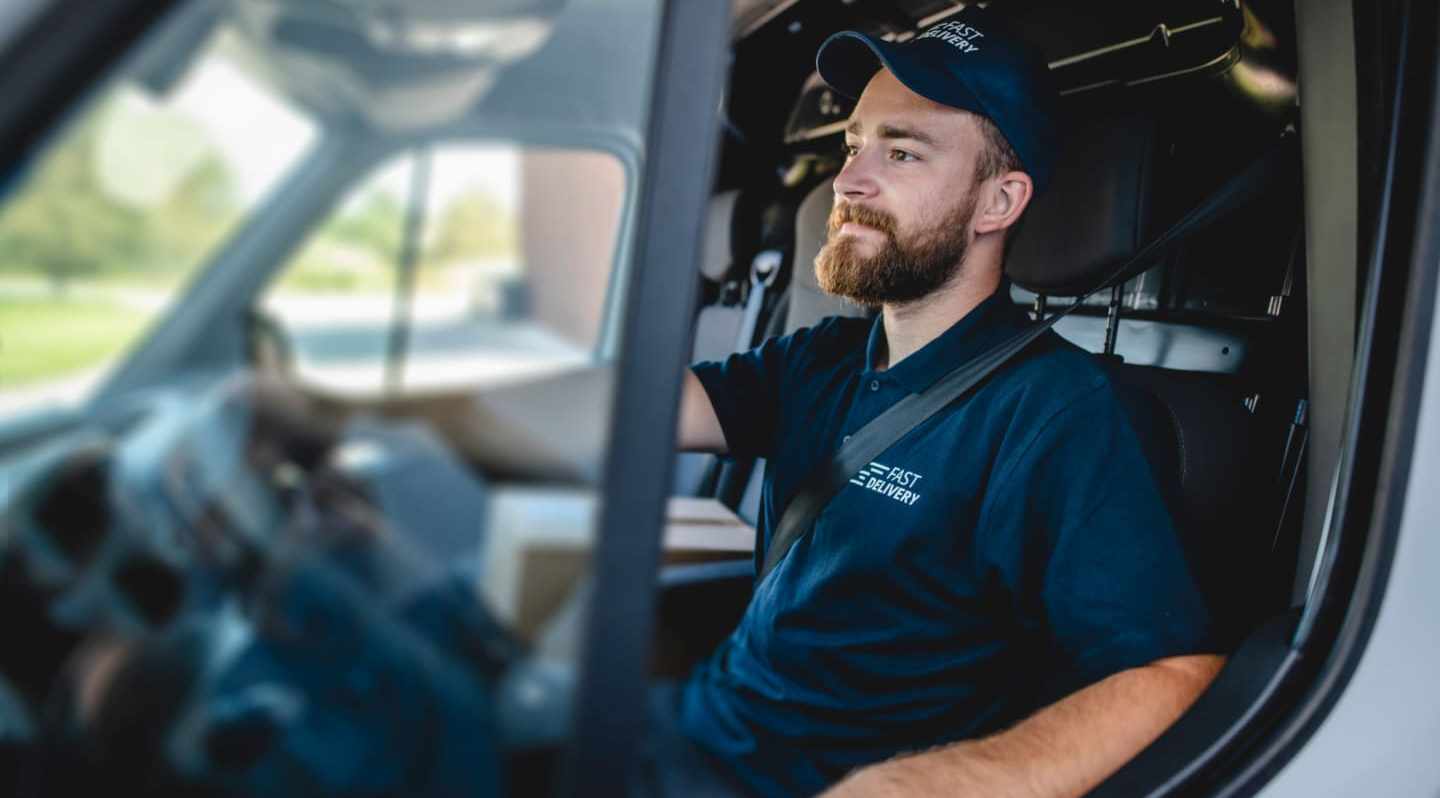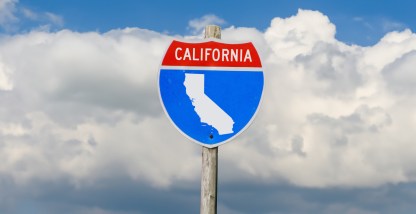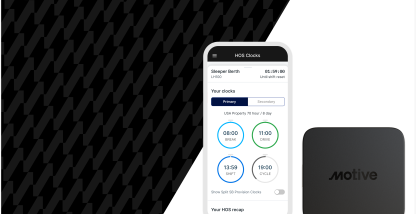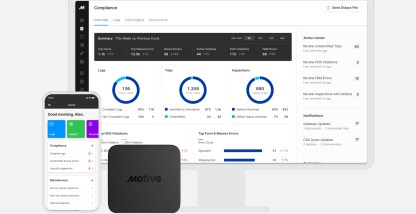The ELD mandate raised several questions about personal conveyance. Before the ELD mandate, you just wrote down “personal conveyance” and that was that. But electronic logging devices have changed how it’s recorded.
On top of that, each time the FMCSA updates its guidelines, it can lead to more questions and some confusion.
Here is everything you need to know about the updated rules, and how to record personal conveyance if you use an ELD.
What is personal conveyance?
The ELD Rule published in December of 2015 included provisions for two special driving categories in 395.28: Yard moves and authorized personal use. Another name for authorized personal Use is personal conveyance or PC.
PC refers to the movement of a commercial motor vehicle (CMV) for personal use while the driver is off duty. In other words, it’s strictly personal in nature. It doesn’t benefit the motor carrier.
Is personal conveyance mandatory?
It’s not mandatory. Carriers can decide to configure ELDs to allow drivers to log personal conveyance. But they’re not required to.
Are there any personal conveyance limitations?
If a carrier does allow PC, there are no specific limits for time or distance.
But carriers have the right to impose certain limits if they want to. Carriers can set PC policies for their fleets and drivers. Those policies just have to comply with the FMCSA regulations.
PC is a little different in Canada. Commercial drivers in Canada are limited to 75 km (46.6 miles) of personal conveyance per day. The 75 km distance refers to the actual distance traveled, not the radius distance.
What is the FMCSA’s latest guideline for personal conveyance?
In 2018, the FMCSA updated personal conveyance guidelines and added more flexibility for drivers. The biggest change under the new guidance was that a commercial motor vehicle can be laden or unladen during PC.
This gave drivers more flexibility. It’s especially helpful for straight trucks that cannot unhitch from their trailer and cargo.
While clarifying the guideline, the FMCSA reconfirmed that the off-duty requirement is mandatory. They stated, “This guidance now applies regardless of whether the vehicle is laden. However, the requirement for the driver to be off duty still exists.”
Personal conveyance and its impact on a driver’s on-duty time
The fact that being off-duty is a mandatory requirement means that personal conveyance does not affect a driver’s on-duty time or the available hours-of-service rules.
According to the FMCSA, “There are no impacts to the 11- or 14-hour limitations for truck drivers, the 10- or 15-hour limitations for bus drivers, the 60/70-hour limitations, the 34-hour restart provisions, or any other on-duty status.”
PC and the last on-duty location
While issuing the guidelines, the FMCSA clarified that drivers do not have to return to the last on-duty location after a PC movement.
So it’s possible for a driver to resume his on-duty status immediately after an off-duty status, regardless of the location of the CMV. But drivers must be off-duty and personal conveyance movements cannot be for the benefit of the motor carrier.
Examples of an acceptable personal conveyance movement
The FMCSA says these are appropriate uses of PC movement:
- Time spent traveling from a truck stop or motel to restaurants and entertainment facilities
- Commuting between the driver’s work and place of residence
- Time spent traveling to a nearby, safe location to obtain required rest after loading or unloading
- Moving a CMV at the request of a safety official during the driver’s off-duty time
- Time spent traveling in a motorcoach without passengers to a truck stop, motel, restaurant, or entertainment facility, and back, if the driver is off duty
- Time spent transporting personal property while off-duty
- Authorized use of a CMV to travel home after working at an offsite location
Examples of an unacceptable personal conveyance movement
Here are some examples that the FMCSA says would not qualify:
- Moving a commercial motor vehicle to enhance the operational readiness of a motor carrier
- Continuation of a trip in interstate commerce to fulfill a business purpose, e.g., bobtailing, retrieving another load, or repositioning a commercial motor vehicle at the direction of the motor carrier
- Time spent driving a passenger-carrying CMV while passenger(s) are on board
- Time spent transporting a commercial motor vehicle to a facility to have vehicle maintenance performed
- Time spent driving to a location to obtain rest after being placed out of service, unless otherwise directed by an enforcement officer at the scene
- A trip to the terminal after loading or unloading from a shipper or receiver
Here is a link to the FMCSA website with other helpful resources for understanding personal conveyance.
How to record personal conveyance with the Motive ELD solution
Before drivers can record personal conveyance, carriers must first enable the option from their Fleet Dashboard.
Motive users can go login to the Motive Fleet Management Dashboard and go to Admin > Drivers > Options > Edit Account to make edits.
Here is a step-by-step tutorial for enabling personal conveyance in the Motive Fleet Management Dashboard.
Once personal conveyance is enabled by carriers, drivers can use the Motive Driver App on their mobile devices to record movement. You can download it for iPhone here or for Android here.
The personal conveyance duty status must be selected before the driving event is recorded. This aligns with the FMCSA’s regulations. To do this:
- Select the current duty status from the main log screen
- Set your current duty status as off duty
- Enable personal conveyance by selecting the checkbox
- Tap the save button
Watch this video for a more hands-on explanation.
Personal conveyance can be a bit confusing for some drivers and carriers. But knowing the different rules is crucial. That’ll help you stay compliant.
To learn more about ELDs, check out our ELD solutions guide.
To learn more about Motive fleet management software, request a free demo today.










